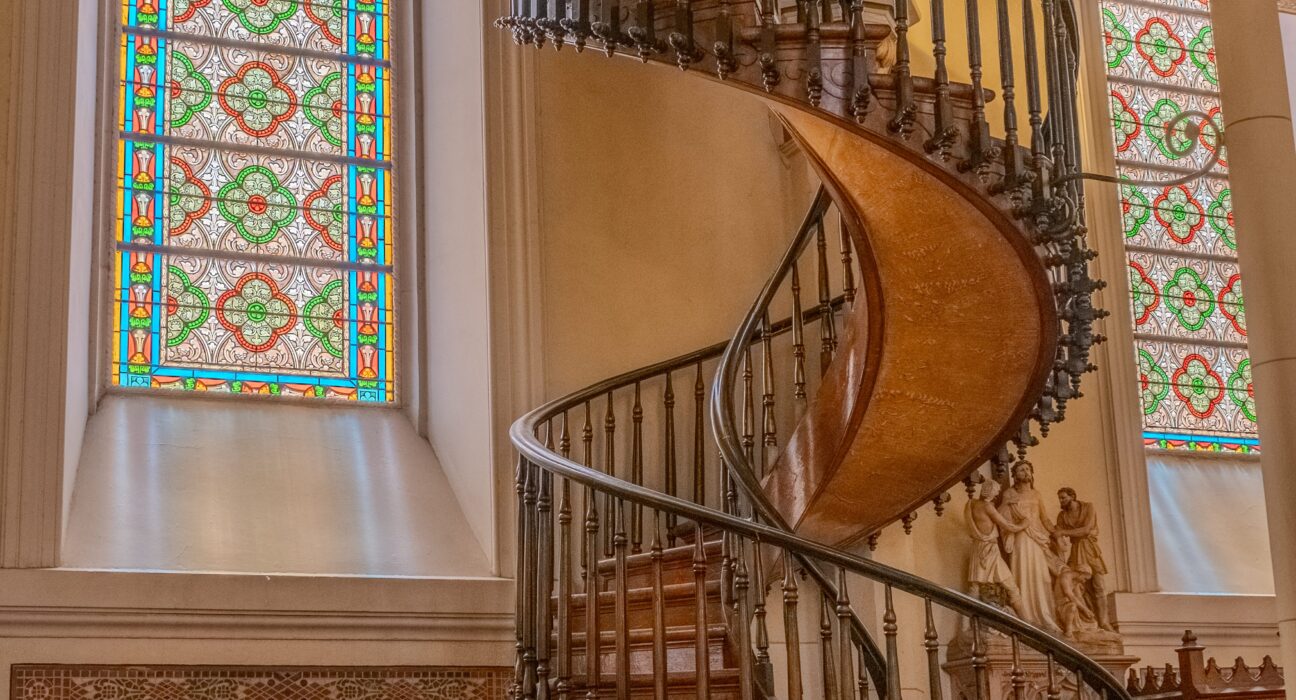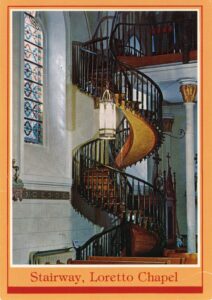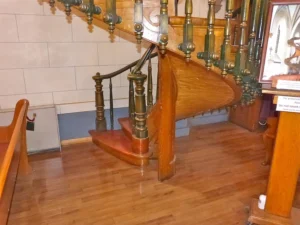The Vanishing Carpenter’s Impossible Staircase: Santa Fe’s 150-Year Divine Mystery
*Source: Visit Santa Fe
The argument in favor of using filler text goes something like this: If you use arey real content in the Consulting Process anytime you reachtent.

*Source: Visit Santa Fe
 complete 360-degree turns without any central support structure or nails holding it together. What makes this even more extraordinary is that after decades of regular use, the staircase has never shown signs of structural failure. The identity of its creator remains unknown, as does the origin of the unique wood used in its construction.
complete 360-degree turns without any central support structure or nails holding it together. What makes this even more extraordinary is that after decades of regular use, the staircase has never shown signs of structural failure. The identity of its creator remains unknown, as does the origin of the unique wood used in its construction. In 1996, retired U.S. Forest Service technologist Forrest N. Easley conducted a 15-month study and concluded that the wood was unlike any existing spruce species. He suggested it was so unique it deserved its own classification: “Loretto Spruce.”
In 1996, retired U.S. Forest Service technologist Forrest N. Easley conducted a 15-month study and concluded that the wood was unlike any existing spruce species. He suggested it was so unique it deserved its own classification: “Loretto Spruce.”
Leave feedback about this